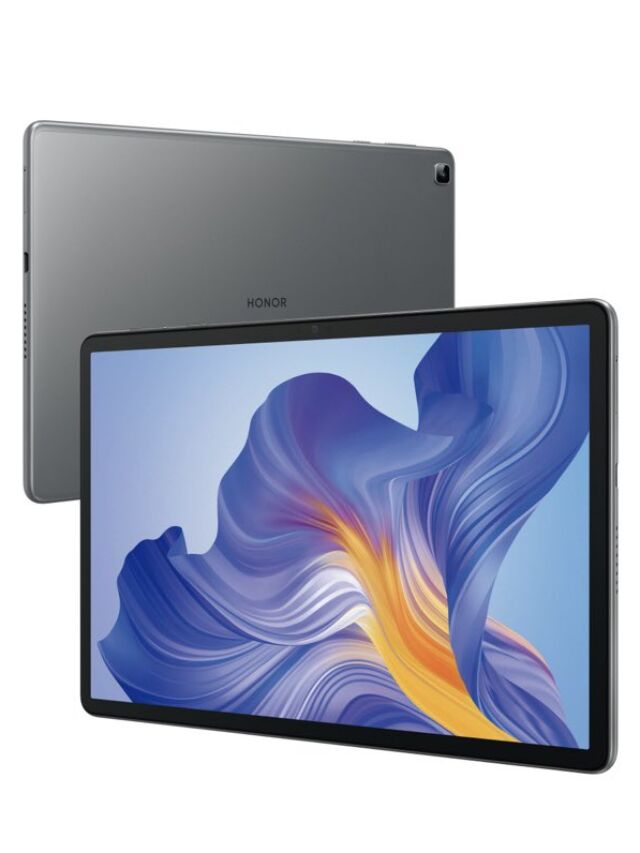In the fiscal year 2021-22, India’s Union Finance Minister, Nirmala Sitharaman, unveiled the highly anticipated Annual Union Budget. A pivotal moment in the Budget 2021 was the launch of a novel scheme to boost digital payments nationwide. During her budget address, Sitharaman allocated INR 1500 crore to this initiative. This strategic move is poised to bolster India’s digital economy and drive the adoption of cashless transactions. Also Read: Mobile phones to get expensive as custom duty on components hiked by 2.5%
Highlights of Union Budget 2021-22
Here are additional insights:
- Digital Transformation: The new scheme aims to accelerate India’s digital transformation by encouraging citizens, businesses, and government entities to embrace digital payment methods. With the allocation of INR 1500 crore, the government intends to create robust infrastructure and promote secure, efficient electronic transactions.
- Inclusive Approach: The initiative targets all segments of society, from urban centers to rural areas. By incentivizing digital payments, the government seeks to reduce reliance on cash, enhance financial inclusion, and empower individuals who previously had limited access to formal banking channels.
- Key Objectives: The scheme focuses on several key objectives:
- Promoting Digital Literacy: educating citizens about the benefits of digital payments and building awareness.
- Enhancing Payment Infrastructure: Strengthening the digital ecosystem by investing in payment gateways, mobile banking, and point-of-sale (POS) terminals.
- Encouraging merchant adoption: encouraging small businesses, vendors, and service providers to accept digital payments. Also Read: SBI Alert: Link Aadhaar with PAN Immediately
- Securing Transactions: Implementing robust security measures to safeguard against fraud and cyber threats.
- Collaboration with Industry Players: The government aims to collaborate with banks, fintech companies, and payment service providers to drive adoption. Furthermore, partnerships will facilitate seamless integration of digital payment solutions across various platforms.
- Economic Impact: By reducing cash transactions, the scheme can lead to cost savings, increased tax compliance, and improved efficiency. It also aligns with global trends toward a cashless economy.
1500 Crore for boosting Digital Payments
In the context of the budget, the government is focusing on financial incentives to enhance the digital payment ecosystem. The formal press release has yet to be made available. The Finance Minister announced, “An allocation of Rs 1,500 crore has been made for a proposed scheme. This scheme is aimed at bolstering digital payment services, acting as a financial catalyst to encourage the adoption of digital transactions.” This move will significantly stimulate the growth of digital payments across the nation. Also Read: Shop Pay Payment option to be added to Facebook and Instagram

She added, “The government has now worked out the modalities, and the NRF outlay will rise to Rs 50,000 crore in the next five years. It will ensure the strengthening of the overall research ecosystem in the country with a focus on identifying the national priority thrust areas,” she added. Also Read: Apple iPhone 13 lineup leaks hints at mmWave 5G support outside the US
Digital Payments will get a huge boost
India’s digital payment landscape is vast and varied, with a multitude of operational payment systems. These include Internet banking, UPI payments, and transactions via digital wallets. The government’s recent decision will also primarily support the UPI-based system. This aligns with the government’s promotion of its own BHIM app, which is part of the broader initiative to strengthen India’s digital payment ecosystem.
The digital payment ecosystem has grown exponentially in recent years. The introduction of the Unified Payment Interface (UPI) and the emergence of e-wallet players have played a significant role in this growth. Events like demonetization and the Corona pandemic have further intensified the shift towards digital payments. Also Read: Launch Time of Redmi TV India leaked
Digital India: Cashless Transaction and more
The government’s focus on digital payments is part of the ‘Digital India’ campaign. This aims to create a ‘digitally empowered’ economy that is ‘faceless, paperless, and cashless.’ The various modes of digital payments, including UPI, NEFT, AEPS, mobile wallets, and PoS terminals, have transformed the way transactions are conducted. UPI is the most preferred mode, having crossed the milestone of $1 trillion in the value of transactions.
This decision, however, appears to be in conflict with the National Payments Corporation of India’s (NPCI) restrictions on Unified Payments Interface (UPI) transactions in India. In late 2020, the NPCI stipulated that all third-party UPI providers could only process up to 30% of total transactions. They were also required to devise a strategy to implement this restriction starting from 1 January 2021. Also Read: OnePlus 5G Upgrade Sale: Discounts on OnePlus 11 5G, 11R 5G, and More
Boost in Domestic Manufacturing with Digital Payments
As a result, digital payment platforms such as PayTM and Google Pay are likely to see a decrease in the volume of digital payment transactions. In the 2021 Union Budget, the government also took steps to boost domestic manufacturing. Also Read: US-based Google Pay users can send money to India.
One such measure was the increase in customs duty on smartphone components. This move helps in promoting the domestic production of smartphones and reducing dependence on imports. The customs duty on smartphone components is down from 15% to 10%. Thus, providing a boost to the domestic smartphone manufacturing industry. This aligns with the government’s broader ‘Make in India’ initiative, which seeks to transform India into a global design and manufacturing hub.
What are the new taxes?
The recent tax amendments apply to a variety of smartphone components, including charging adapters, charging cables, and headphones. As a result, we can anticipate a potential increase in smartphone prices in India this year. This trend may continue unless smartphone brands, such as Xiaomi, Samsung, Vivo, Oppo, and Apple, expand their manufacturing bases within India.
The Union Budget 2021-22 introduced several initiatives to foster creativity and research and development (R&D) in India. These measures also aim to enhance the country’s scientific environment and promote innovation. Also Read: Xiaomi Mi 11X Series, Mi 11 Ultra launched in India
In the digital payments sector, there is considerable excitement following the announcement of a Rs 1,500 crore scheme. This initiative will help further to provide financial incentives to promote digital modes of payment. Thereby boosting digital transactions across the nation. Also Read: Vivo X70 series, expected to arrive soon, hints at new specs











12 thoughts on “Boost to digital payments from Union Budget 2021”